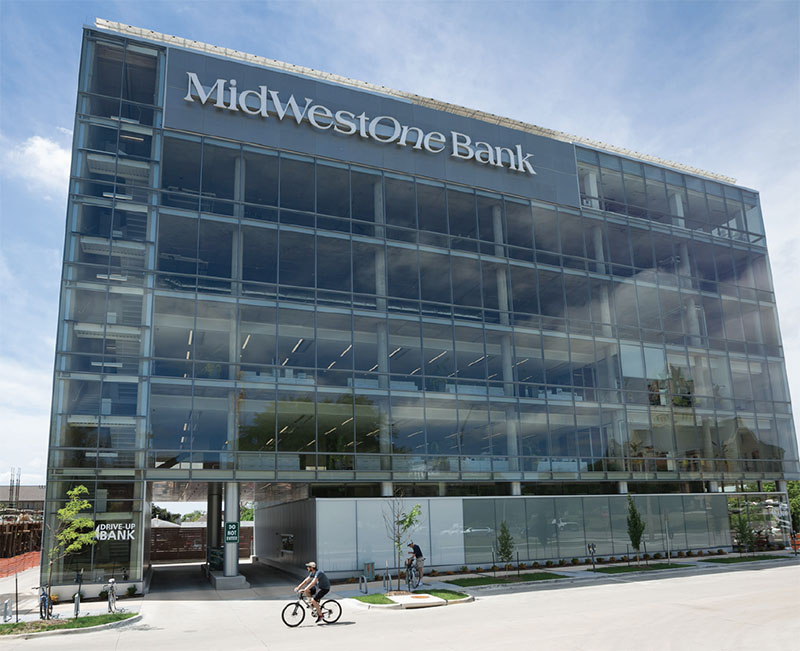Lynn Manternach/Tree Full of Owls
If your company is on Facebook, there’s a good chance you’ve been focusing on ways to increase the number of “likes” you have collected.
A “like” can be a valuable thing. Research has shown that those who voluntarily click the “like” button are more willing to purchase the brand and are more likely to recommend the brand.
But because it’s so easy to click the like button, it could be nothing more than a fleeting click. A “like” is not a gauge of consumer involvement with your brand. It’s just a sign that someone has raised their hand and indicated a willingness to engage. And that’s where brands have the opportunity to transition from collecting “likes” to building loyalty.
Building loyalty on Facebook takes effort, just like building loyalty in the offline world. It takes consistent effort and attention to detail. It requires strategies that encourage your fans to engage with you online.
Getting engagement on Facebook business pages is challenging. Typically, consumers jump onto Facebook, check to see what their friends are up to and jump back off. Keeping track of what a business is up to is not a top priority. Engagement is critical because it keeps the conversation alive. It lets you know what your customers are thinking and how they feel, which positions you to provide better customer service.
So how do you go about using Facebook to help you build a bigger base of engaged and loyal customers?
The most important thing to remember is to make it about them. Think about why people would want to be connected with your page. Get creative. Pack it full of value and make sure it’s clear to consumers how they will benefit from “liking” your page.
According to recent research from Buddy Media, a social technology company, there are some specific factors that can impact the engagement of your Facebook fans. Using data collected from 200 of its clients over a two-week period, Buddy Media examined what types of Facebook walls posts are most effective as measured by comments, “likes,” and other metrics.
Share content outside of regular business hours. You can’t engage fans it they don’t see your post. Companies that post content on the Facebook pages outside normal business hours had an engagement rate 20 percent higher than the average. If you can time your posts to when consumers are more likely to be on Facebook, you have a better chance of being seen in a fan’s news feed. Buddy Media found that 60 percent of brands post to Facebook between 10 a.m.-4 p.m. Unfortunately, consumers are more likely to be looking at Facebook outside of work hours, with engagement highest in the morning before the business day begins, right after work and at night.
Shorter posts do better. Posts under 80 characters in length tend to have engagements rates that are 27 percent higher than longer posts. Despite that, shorter posts are in the minority, making up about 19 percent of all shared content, according to Buddy Media.
Pick the right day. Engagement rates dip on Monday, Tuesday and Wednesday, as well as Saturday, when engagement rates are 18 percent below average. Thursday and Friday are the best days to post content to a Facebook page, when engagement is 18 percent higher than on other days.
Ask questions. Asking questions can be a great way to get followers to comment on a post and interact with your brand on Facebook. But the placement of that question can make a difference. Buddy Media concluded that posts that end with a question can have a 15 percent higher engagement rate than posts that begin with a question.
Pick the right words. Buddy Media suggests brands should use action keywords like “take,” “submit,” and “watch” because “fans follow instructions well.”
Of course, if you don’t update, you don’t exist. The only thing that keeps you in the news feed is adding content to your page. Aim for at least one status update per day. Engagement means conversation. So don’t just update your status, comment on comments as well.
The benefits of getting your Facebook business strategy right make it worth the effort. With a targeted strategic approach, you can use Facebook to engage with fans in a way that benefits both the brand and the fan. And that’s an approach that will build brand loyalty.
Lynn Manternach is brand arsonist and president at MindFire Communications Inc. (www.mindfirecomm.com) in Cedar Rapids and the Quad Cities. Contact her at [email protected].







